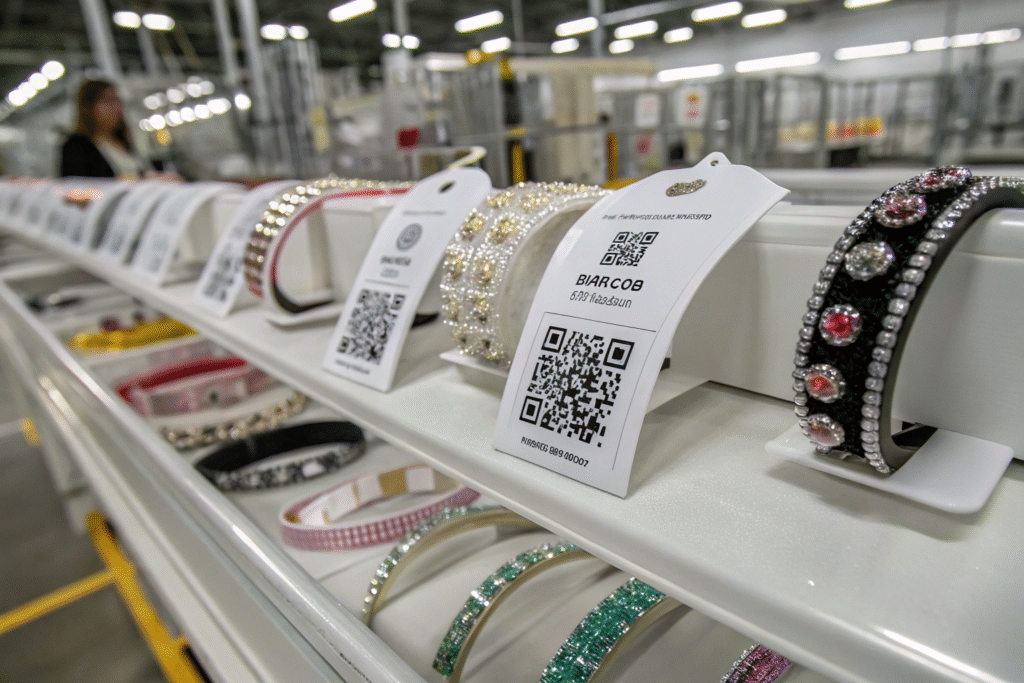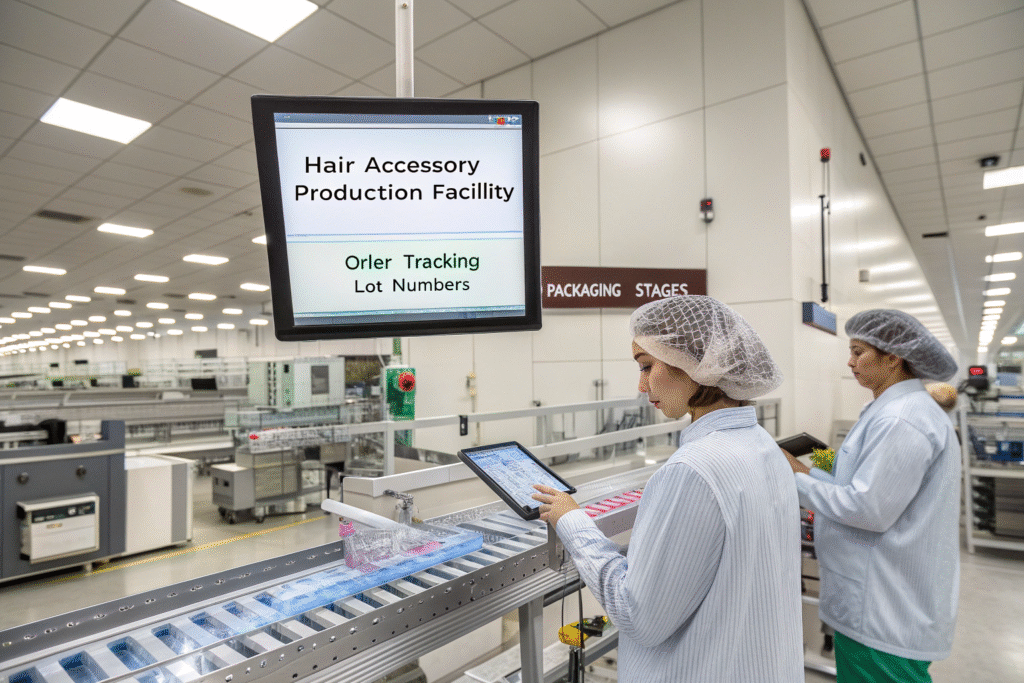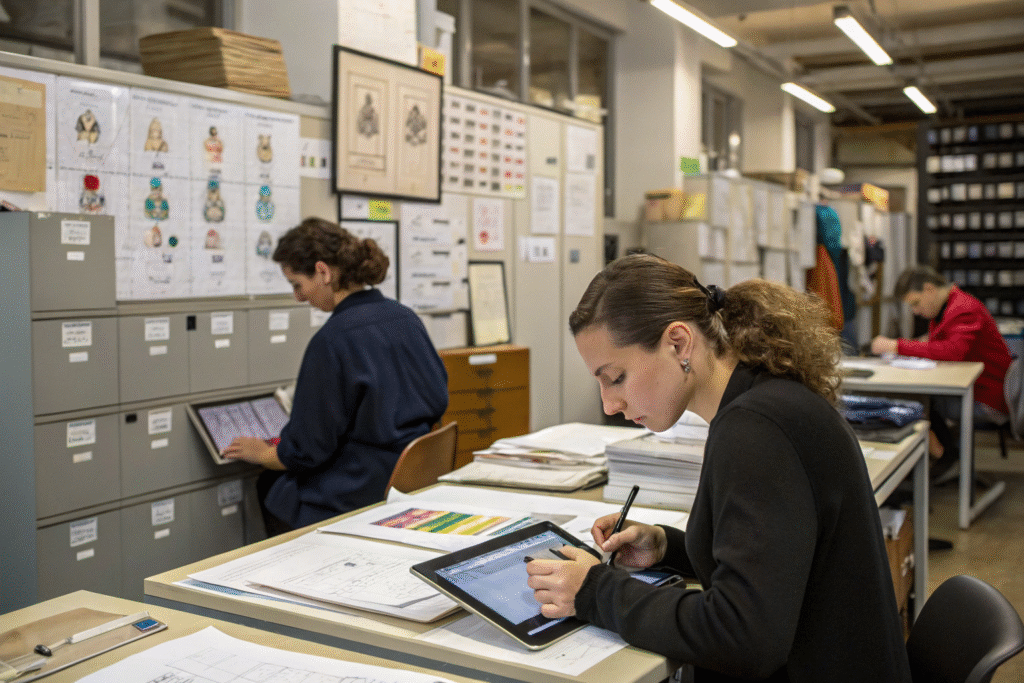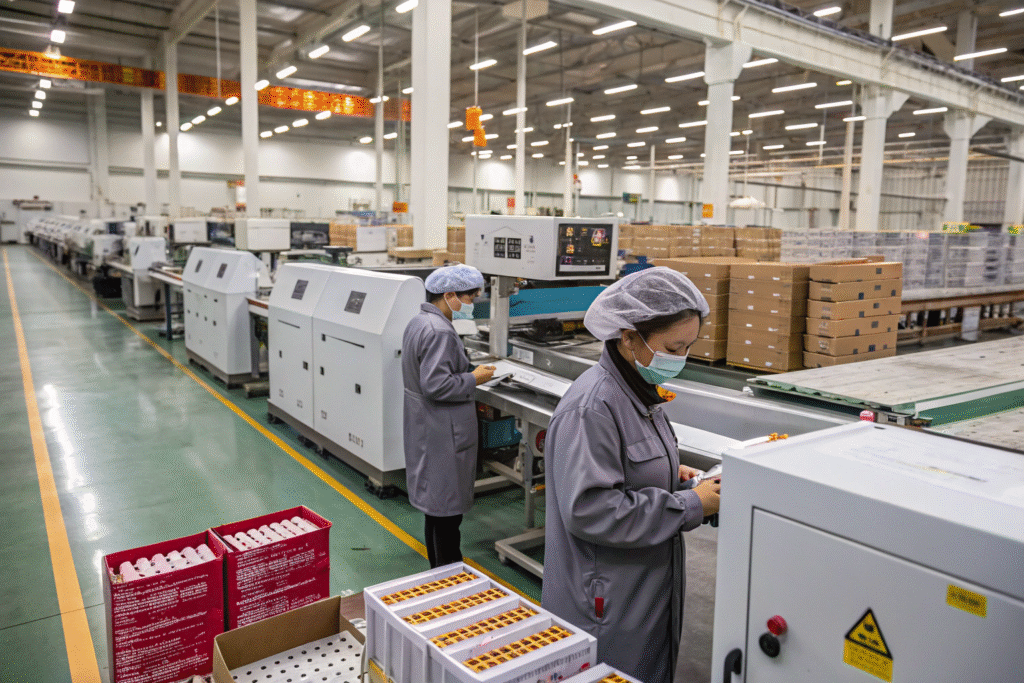As the global demand for fashionable hair accessories continues to rise, so does the prevalence of counterfeit products flooding international markets. For trusted manufacturers like us at HairAcc, who work hard to build a reputation for quality and style, knockoffs can seriously damage not only our brand identity but also our customers' confidence. Entrepreneurs, buyers, and distributors often face confusion when low-grade imitations distort the value of the real thing.
To stay ahead of hair accessory counterfeiting, leading factories use a combination of advanced anti-counterfeiting technology, rigorous production tracking systems, strong IP protection measures, and partnerships with clients to build authentic sourcing channels. This approach protects both brand equity and supply chain integrity in a market that’s rapidly expanding.
As the founder of HairAcc, I’ve seen firsthand how critical it is to protect design originality and product authenticity. In this article, I’ll share how top Chinese hair accessory factories like ours implement layered strategies to stay steps ahead of copycat manufacturers and ensure that global clients—from fashion boutiques to mass retailers—receive genuine products every time.
What Anti-Counterfeiting Technologies Do Top Factories Use?
Smart factories are now embedding invisible technologies into even the simplest hair accessories to fight counterfeit threats. These digital tags and authentication tools help brand buyers trace product origin and detect fakes in the market.
Today’s leading hair accessory factories use QR codes, RFID chips, UV inks, and holographic stickers to protect product integrity throughout the supply chain. These features can be integrated into product labels, packaging, or even embedded in the accessory’s internal structure.

How Do Smart Labels Help Verify Authenticity?
Smart labels with serialized QR codes or RFID tags enable real-time product authentication. When scanned via mobile apps or handheld readers, buyers can view manufacturing dates, batch codes, and even the specific work line from which a piece originated. At HairAcc, we offer this option for high-end lines and private label orders, especially for premium buyers in Europe and the U.S.
Some of our clients also integrate these smart labels with blockchain-based tracking to add extra transparency for e-commerce customers who demand proof of origin. These digital safeguards make it nearly impossible for counterfeiters to replicate every code accurately.
Can Holograms and UV Inks Deter Fake Versions?
Yes—visually detectable anti-counterfeit elements still play a critical role. Holographic seals, security patterns, and UV ink logos can be added during final packaging. These are hard to replicate without specialized equipment. HairAcc collaborates with regional packaging factories that provide tamper-evident stickers and color-shift films for large orders. These visible cues create an immediate trust signal at retail or customs checkpoints.
How Do Production Systems Trace Authenticity?
A solid defense against counterfeit products begins at the source. Leading factories establish traceable production frameworks that track each stage from raw materials to shipment.
By maintaining real-time lot tracking, serialized production runs, and digital QC records, factories can prove a product’s journey and detect inconsistencies early. This system also allows clients to cross-verify factory-shipped items against their PO records and packaging labels.

How Do Serial Numbers Prevent Supply Chain Tampering?
Each batch of our hair clips or scrunchies receives a unique batch code and SKU label assigned during pre-packing. These serials are logged in our factory ERP system and printed on both the carton and polybag level. If a buyer in Europe spots an item missing the matching number, it immediately triggers a red flag.
We also include a digital packing list with timestamps for bulk orders. This log helps verify whether a shipment came from our factory or a counterfeit distributor, especially when resolving third-party logistics disputes through services like Flexport.
Why Are Digital QC Logs Essential?
Every HairAcc item that leaves our inspection factory passes through a scanning system that records its visual parameters. Photos are matched with sample approvals, and the results are stored digitally for client review. We offer buyers the option to receive these QC logs along with their shipping documents, a service that helps brands avoid fake supplier switches mid-distribution.
How Do We Protect Design Intellectual Property?
As a manufacturer with in-house design and sampling capabilities, we understand the risk of having our original concepts stolen and mass-produced at lower quality. The moment a design leaks without protection, competitors and counterfeiters can exploit it within weeks.
Leading factories actively protect their designs through NDA protocols, registered copyrights, and watermarked sample sharing to trusted buyers only. This not only prevents IP theft but also reassures clients about the integrity of their exclusive styles.

What Steps Can Factories Take to Guard Original Designs?
At HairAcc, we register original seasonal designs with the China National Copyright Administration. We also watermark any digital catalogs or product sketches we share with buyers and limit access via secure cloud folders such as WeTransfer Pro with expiration dates and password protection.
When developing exclusive collections for e-commerce clients, we sign two-way NDAs, file a timestamped design record, and restrict mold access even within our factory zones. This helps brands launch with peace of mind.
Are International Copyrights Enforceable?
While Chinese copyright laws are improving, we also recommend buyers file parallel protections in their own countries—especially for high-margin designs. We assist clients with product image sets and manufacturing affidavits that support filings with the U.S. Copyright Office or EU IPO. For custom-designed headbands, scarves, and bridal veils, this extra legal shield creates a defense against competitors listing lookalikes on marketplaces like Amazon or Etsy.
How Do We Collaborate With Clients to Stop Fakes?
Fighting counterfeits isn’t just a factory task—it takes strong buyer cooperation. We believe in empowering our customers to protect their brand and reputation through joint anti-counterfeit initiatives.
We provide product authentication guides, packaging templates, and buyer education tools to help clients identify and report suspicious goods. Buyers who actively educate their teams and resellers reduce the spread of fakes dramatically.

What Training Do We Offer Buyers?
We send our buyers product authentication guides and comparison visuals between real and fake units. These include fabric finish, label fonts, clip strength, and packaging color accuracy. We also educate logistics staff on how to identify our official packing marks versus suspicious ones used in gray market shipments.
This training is especially vital for supermarket clients and gift store chains who work with multiple sourcing agents.
How Do Buyers Report Fake Goods?
We maintain a dedicated anti-fraud email where customers can report suspected fake HairAcc products. With photo evidence and purchase info, we trace the source and notify platform partners if needed. We’ve successfully helped buyers remove unauthorized listings from Alibaba, Shopee, and Lazada after verifying fake production links.
Conclusion
Hair accessory counterfeiting is a growing issue—but for forward-thinking factories like HairAcc, we see it as an opportunity to build deeper trust and stronger systems with our global buyers. From invisible QR technologies to legal IP tools and open client collaboration, we don’t just produce beautiful headwear—we protect it.
If you’re a sourcing manager, retailer, or fashion startup concerned about product authenticity and protecting your brand from knockoffs, HairAcc is here to help. Reach out to our Business Director Elaine at elaine@fumaoclothing.com for a custom solution or private-label consultation.









